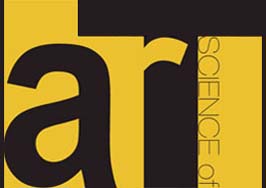Programme
The full programme including all abstracts is available for download:
booklet_VSAC.pdf
Keynote Lecture(Sunday)Steve Palmer Aesthetic Science: An Ecological Approach. |
 |
| I suggest that aesthetic science be centrally defined as the descriptive and theoretical study of liking/disliking responses and how other variables systematically influence them (e.g., contextual fit, knowledge, ambiguity, novelty/familiarity, culture, emotion). I also suggest distinguishing aesthetic science from a science of art, because aesthetics is not restricted to human artifacts, as art is. I then consider two aspects of aesthetic response – human preference for color and spatial composition – and argue for the importance of ecological variables arising from relations between observers and objects in their environment. I first review evidence supporting the “ecological valence theory” of color preference, that people tend to like/dislike colors to the extent that they like/dislike all of the things strongly associated with those colors (Palmer & Schloss, 2010). I then review evidence supporting the “affordance space hypothesis” of spatial composition, that people tend to like compositions in which the object’s affordance space (i.e., the volume of space surrounding the object within which salient ecological interactions occur) “fits best” at the center of the picture’s frame or subframe (Sammartino & Palmer, 2012). Both sets of findings suggest a re-evaluation of Kant’s proposal that aesthetic response is “disinterested” and not centrally connected with purposive real-world behavior | |


